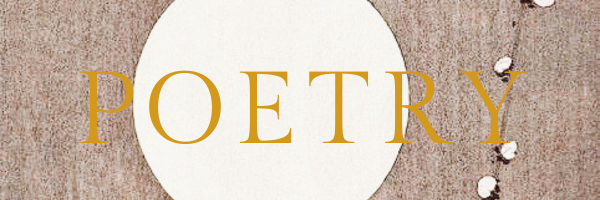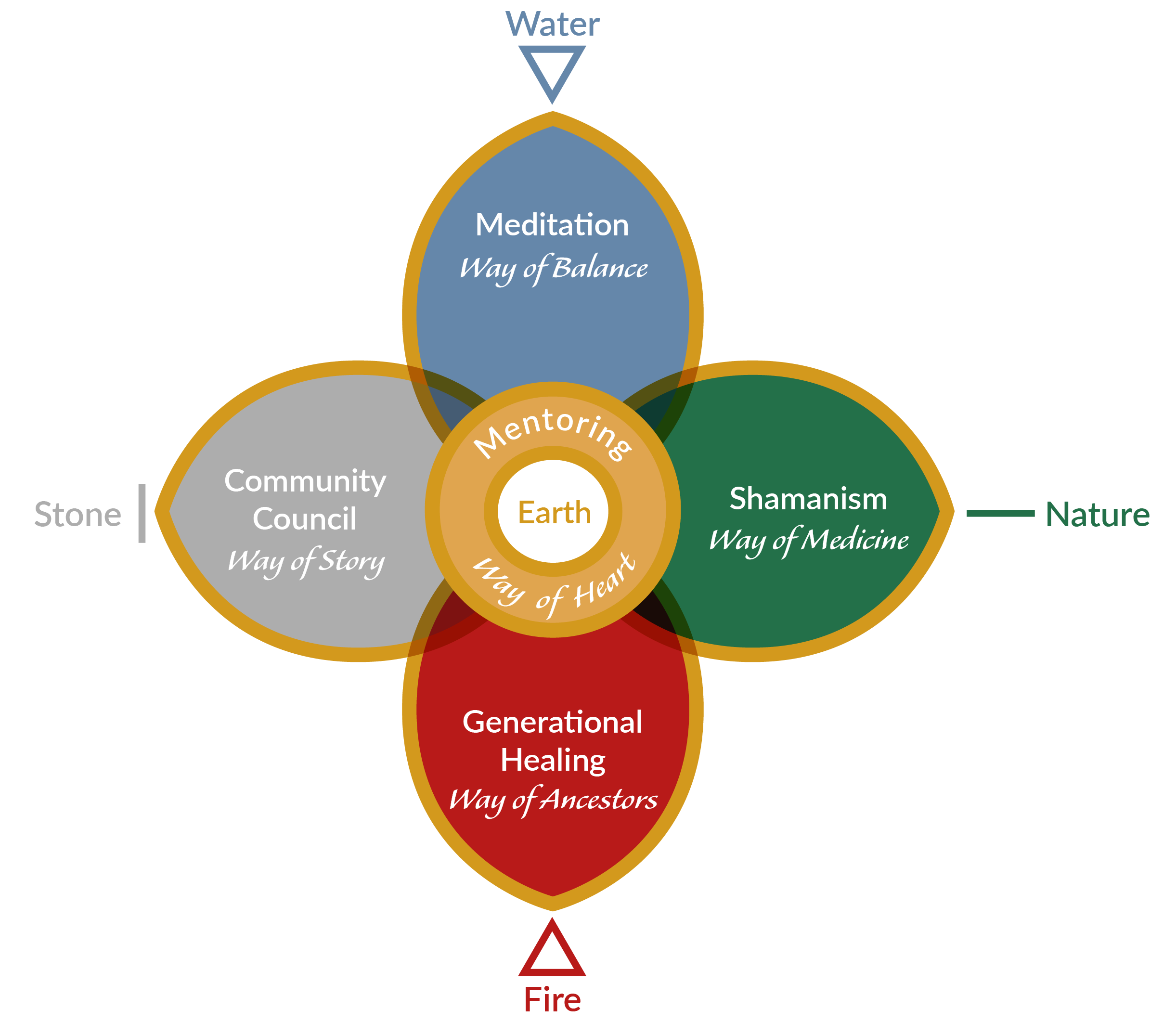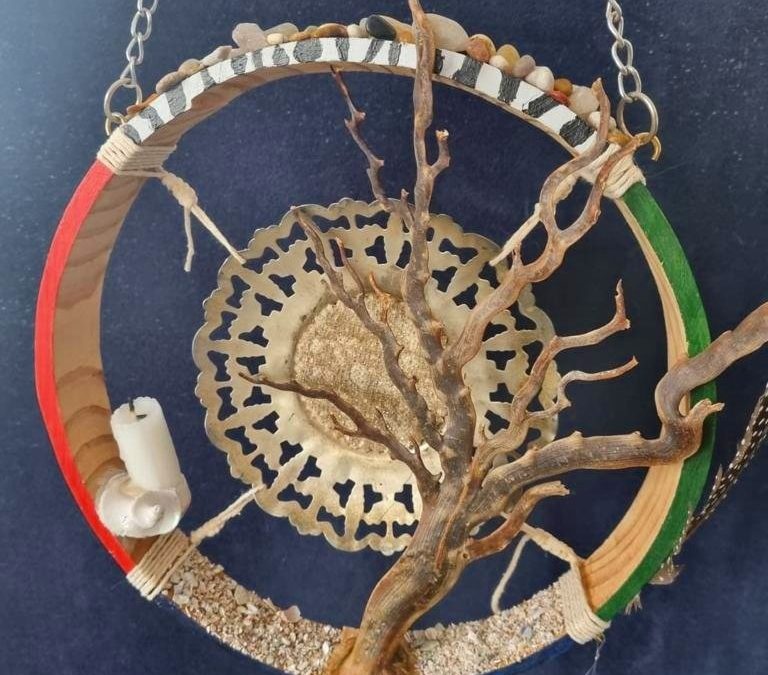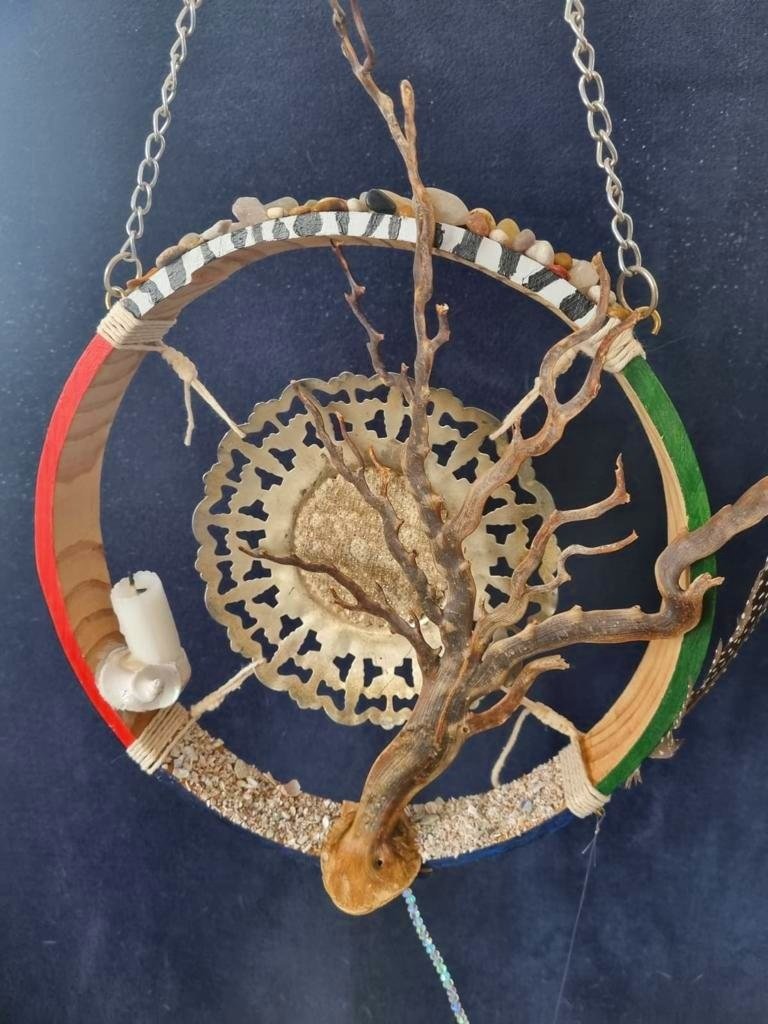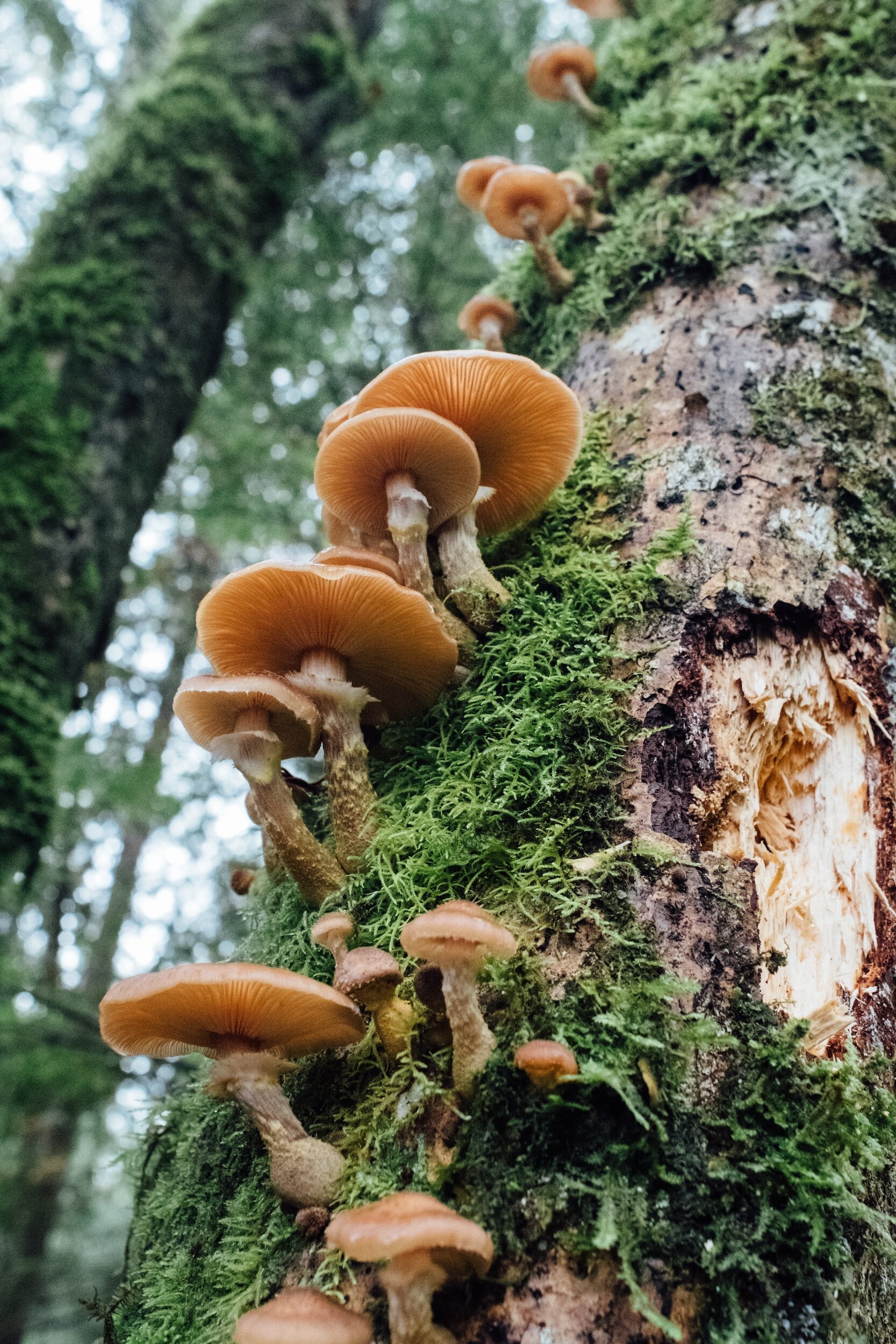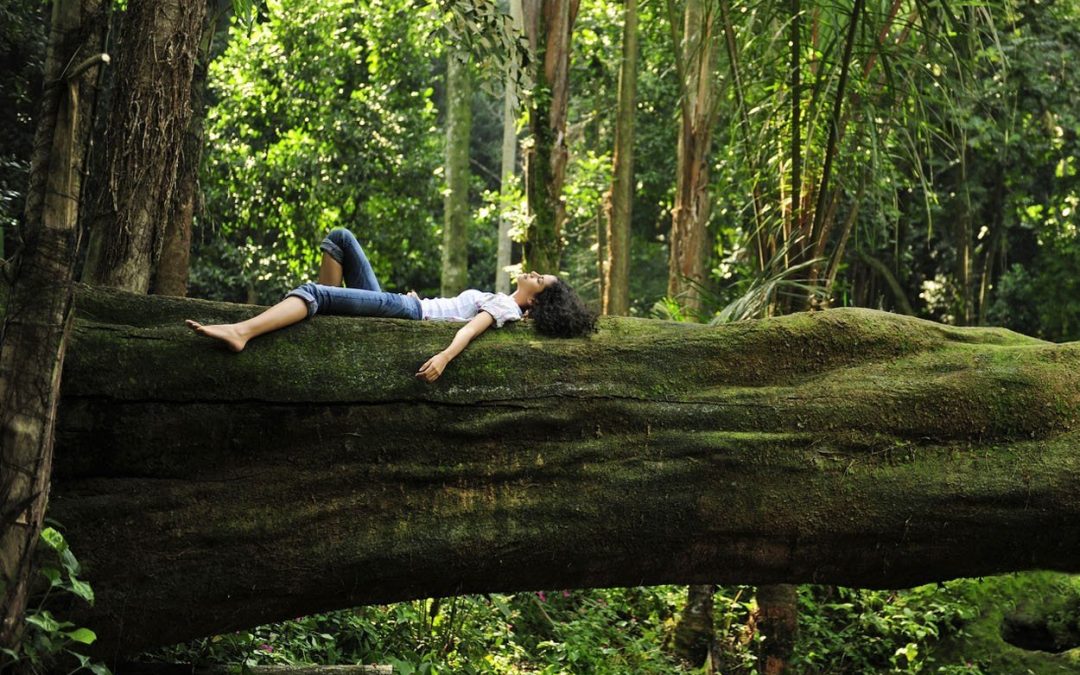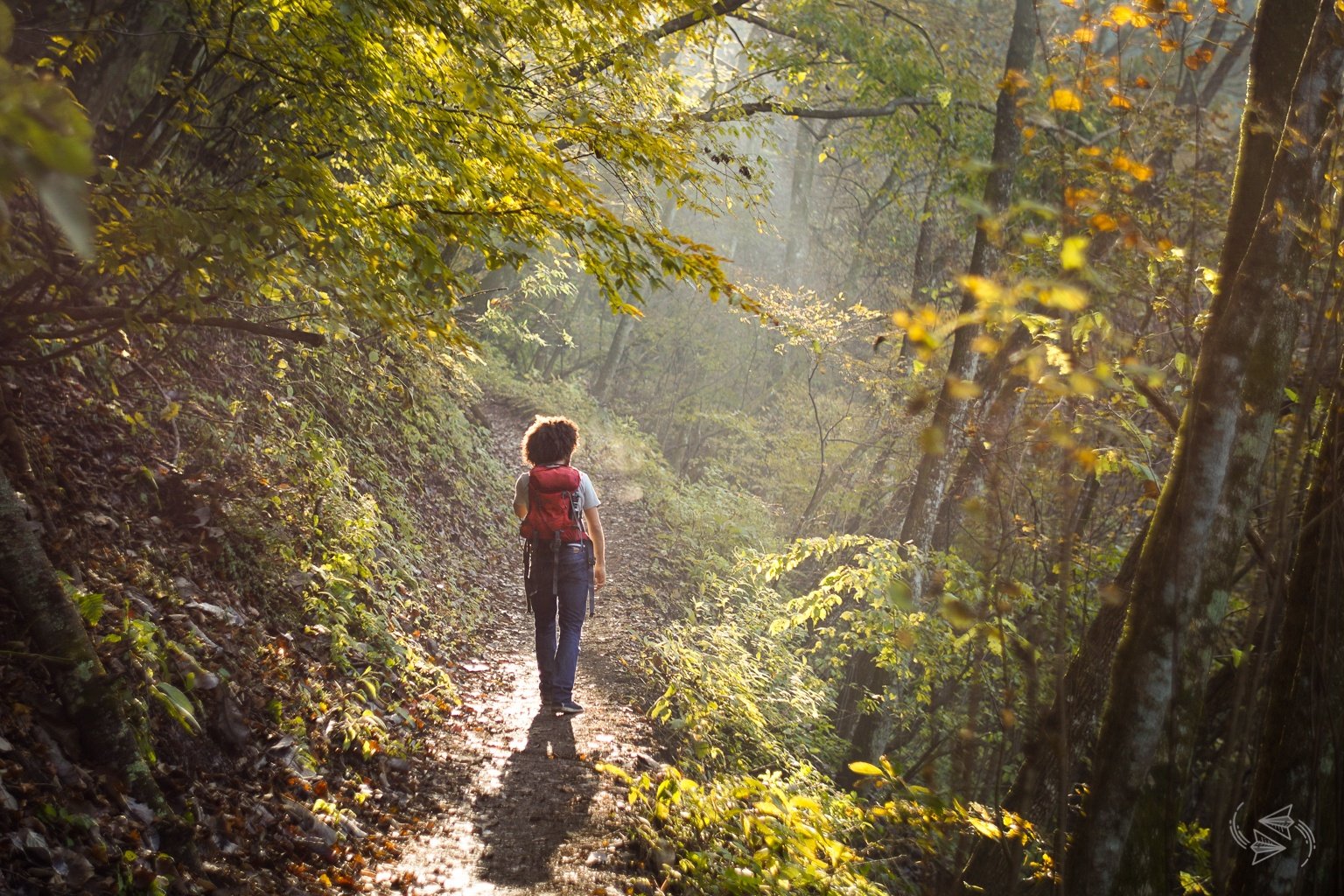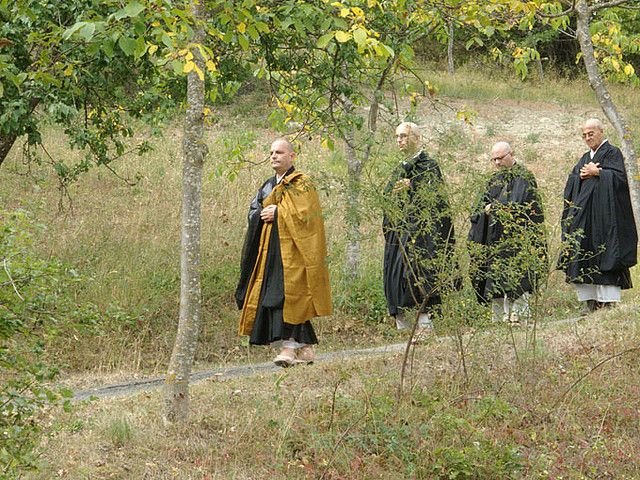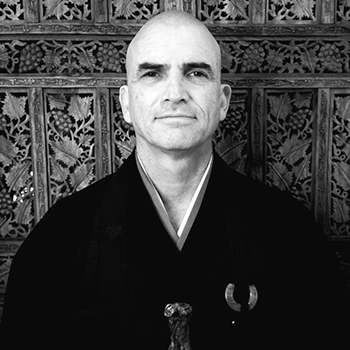
Ordination in Africa

Ordination in Africa – By Ekan Nangaku Leisching
South Africa is one of the most diverse nations on Earth. It is a complex matrix of many languages, traditions, religions, economic and societal history and trauma. While diversity and complexity are the foundations of healthy human ecosystems, oftentimes emphasis can be focussed on these powerful illusionary differences causing separation, alienation and ultimately conflict. Zen’s Relative and Absolute Heart Wisdom practice can create a strong spiritual Way here, because unity and diversity is inescapably obvious in South Africa. Hence the Buddha Way is already present for all South Africans, even if it isn’t called that. Like water, it reflects diversity while at the same time heals and holds unity.
“Three things cannot be long hidden: the sun, the moon, and the truth.” – Buddha
I was first introduced to Buddhism 35 years ago when I attended my first retreat at the Buddhist Retreat Center in South Africa. I learned to meditate regularly from a Tibetan Buddhist monk. A few years later I immigrated to the United States of America. Soon after arriving in Maine I was introduced to Daido Loori Roshi of Zen Mountain Monastery in New York state, and studied with him from 1997 until his passing in 2010.
Upon my return to South Africa, I deepened my lay practice on my own, occasionally holding Zen style meditation retreats. I kept in touch with Esho Sudan, who I had met at ZMM, and we often talked about her monastic life at Toshoji and her study with Seido Suzuki Roshi – who had assisted Daido Roshi in establishing Zen Mountain Monastery in the 1980’s. I was no longer married and my children were grown. I realised that my heart’s calling was to do what I can to bring the Sōtō Lineage to Africa. I asked Seido Roshi to ordain me, and surprisingly, he suggested coming to South Africa to hold the ordination here.
Roshi and Esho arrived in Cape Town on 16 September 2022. It was the first time to meet Roshi. Upon greeting him and seeing Esho, I struggled to contain my emotions. We travelled to my home in the village of Stanford, in the Western Cape, where we began preparations for my ordination. The curious Stanford community were intrigued by our visitors from Japan.
The evening before the Tokudo Ceremony, dear one’s close to me gathered to shave my head. As they began, the electricity went out, leaving us in darkness for the duration of the shaving. Just as they finished the lights came back on.
September 20th, the Spring equinox in the Southern Hemisphere, was a beautiful day filled with fresh blue sky and bright flowers. The night before, Roshi and Esho had transformed the house into a temple with a shrine room. Roshi found an auspicious sign in the visiting two doves (happiness birds as he called them) that seemed to greet us on the gate just prior to the ceremony.
Before departing Roshi gave me a precious teaching. He encouraged me to greet life with open hands – that the Buddha’s work is best done through hands that are open – fully open in their giving and in their receiving.
So as I stumble on, slowly finding a modicum of grace as a novice monk, I trust the Heart of Buddha and Zazen to guide me in the Way. In alignment with my vows, I dedicate my life to bringing the Dharma to life wherever I find myself. There is both a great need for the Dharma here, and a generous and large-hearted South African spirit that is ready and appreciative – and I will be continuously planting seeds, so that the Sōtō School will find a welcoming soil in which to germinate, root and flower in Africa. I trust Zen will find its unique way to thrive on this continent.





